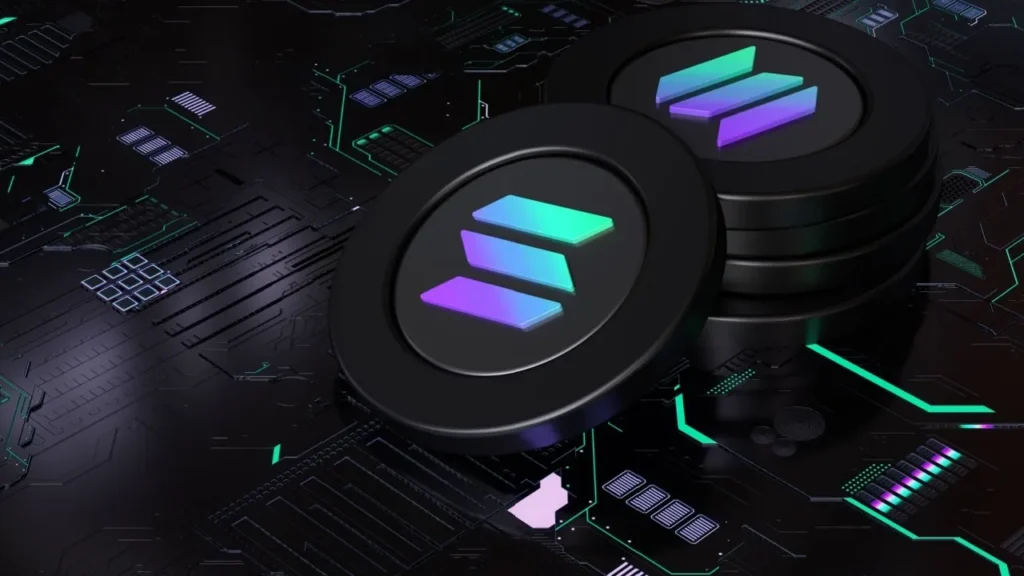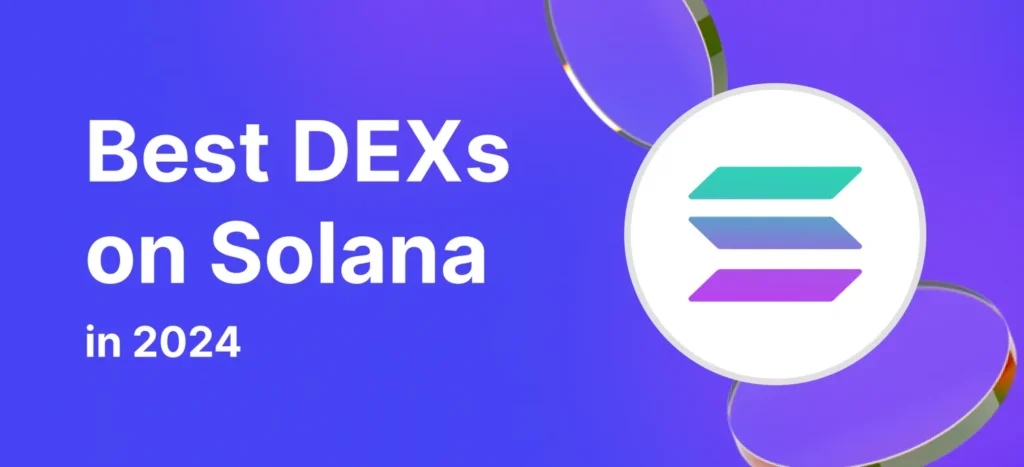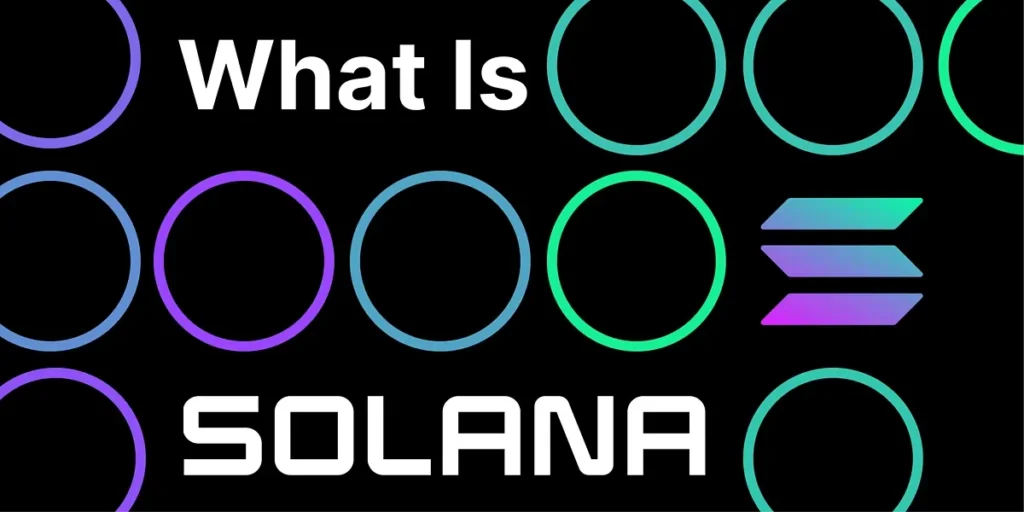The Solana blockchain limitations have been a topic of discussion among cryptocurrency enthusiasts, particularly within the Ethereum community. While Solana has made a name for itself with high transaction speeds and low fees, it faces significant challenges that prevent it from becoming the “global backbone” of blockchain technology. In this article, we will explore these limitations and examine why experts believe Solana may not fulfill this ambitious role.
1. Understanding the Solana Blockchain
Before delving into the Solana blockchain limitations, it’s essential to understand what Solana is and how it operates. Launched in 2020, Solana is a high-performance blockchain designed to support decentralized applications (dApps) and crypto projects. It boasts impressive transaction throughput, claiming to handle over 65,000 transactions per second (TPS) due to its innovative proof-of-history (PoH) consensus mechanism. However, the reliance on this unique technology raises questions about its scalability and long-term viability.
2. Scalability Issues: A Core Limitation
Despite its high throughput, the Solana blockchain limitations become apparent when discussing scalability. Here are some key points to consider:
2.1 Network Congestion
During periods of high activity, such as during popular NFT drops or DeFi launches, Solana has experienced significant network congestion. This can lead to slowed transaction times and higher fees, undermining the platform’s reputation for speed and efficiency. Unlike Ethereum, which has a robust ecosystem for addressing congestion (like layer-2 solutions), Solana’s limitations become more evident under pressure.
2.2 Centralization Concerns
Another critical aspect of scalability is decentralization. The Solana blockchain limitations include concerns over its centralization. With a relatively small number of validators compared to Ethereum, there are worries that the network may not be as secure or resistant to censorship as its more decentralized counterparts. This centralization could lead to vulnerabilities that could compromise the network’s integrity.
3. Security Challenges
Security is paramount in blockchain technology, and the Solana blockchain limitations in this area cannot be overlooked.
3.1 Historically Significant Outages
Solana has faced multiple outages since its inception, with the network going down several times due to various issues, including bugs in the code and overwhelming demand. Such outages raise serious questions about the network’s reliability, especially for projects that require constant uptime.
3.2 Limited Validator Participation
The security of any blockchain relies on the number and diversity of its validators. The Solana blockchain limitations include a relatively low number of active validators, which poses a risk. If a significant number of validators were to fail or act maliciously, the network could be compromised.
4. Ecosystem Maturity and Developer Support
A blockchain’s ecosystem plays a crucial role in its success, and the Solana blockchain limitations in this regard are noteworthy.
4.1 Comparative Ecosystem Size
While Solana’s ecosystem is growing, it still pales compared to Ethereum’s mature and diverse environment. Ethereum has a well-established community of developers and projects, making it the go-to platform for decentralized applications. The limited developer support for Solana makes it challenging for new projects to gain traction.
4.2 Tooling and Documentation
Another aspect affecting Solana’s ecosystem is the quality of tooling and documentation available for developers. The Solana blockchain limitations in this area can hinder new developers from successfully launching projects. Comprehensive resources are crucial for developers to create and manage dApps effectively.
5. Regulatory and Adoption Challenges
Regulatory scrutiny is increasing in the cryptocurrency space, and the Solana blockchain limitations include potential regulatory hurdles.
5.1 Uncertain Regulatory Landscape
As governments worldwide develop their regulatory frameworks for cryptocurrencies, platforms like Solana may face challenges in compliance. The lack of clarity surrounding regulations can deter developers and investors from building on the platform.
5.2 Adoption Rates Compared to Ethereum
Despite its rapid growth, Solana still lags in user adoption when compared to Ethereum. The Solana blockchain limitations are evident in its market position, where Ethereum maintains a dominant share. Higher adoption rates translate to a more vibrant ecosystem and a more robust network effect.
Conclusion
While Solana has garnered attention for its high performance and innovative technology, the Solana blockchain limitations raise significant concerns regarding its future as the “global backbone” of blockchain technology. From scalability and security challenges to ecosystem maturity and regulatory hurdles, the obstacles facing Solana cannot be ignored.
Ethereum, with its established community and diverse ecosystem, currently leads the pack. However, the blockchain space is dynamic, and opportunities for improvement exist. As Solana continues to evolve, addressing these limitations may pave the way for a more prominent role in the blockchain landscape. For now, it remains clear that Solana faces hurdles that could hinder its ambitions as a foundational layer in the blockchain world.




